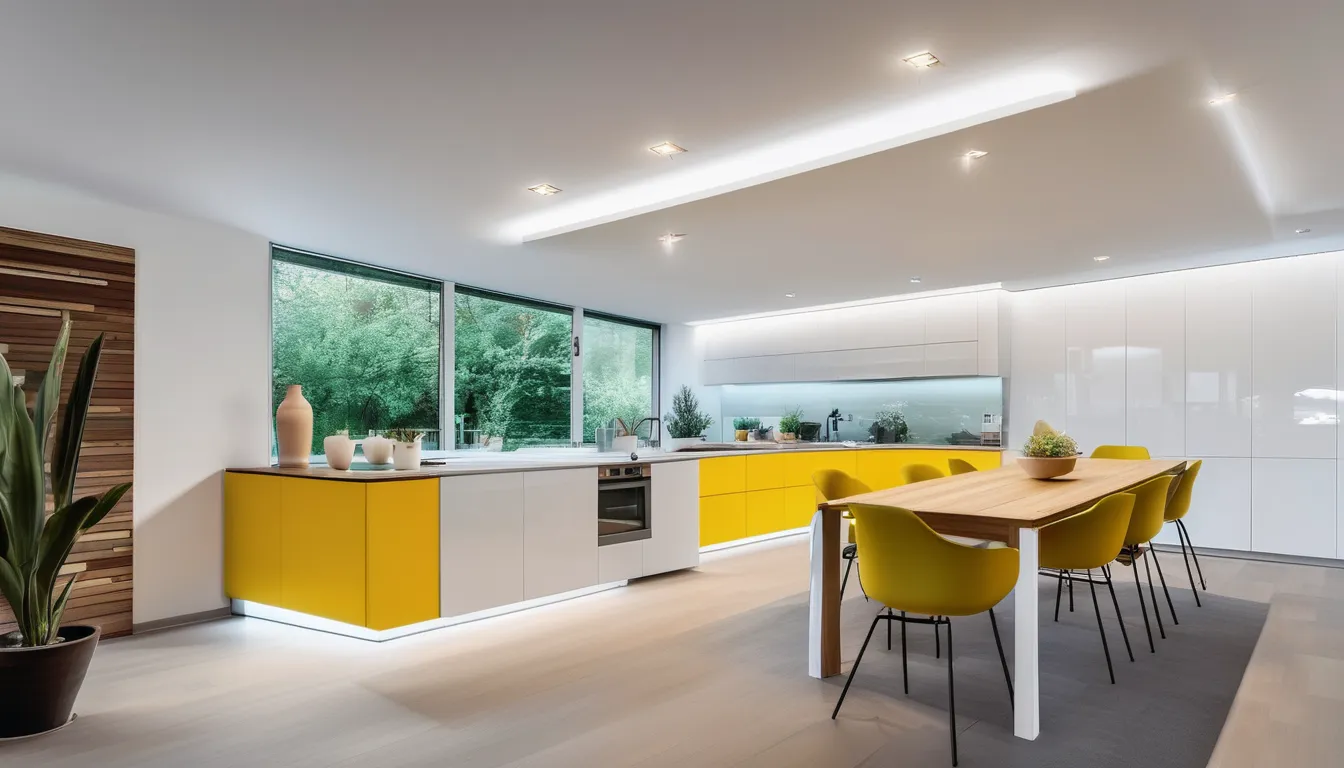As you consider ways to make your home more energy-efficient, you’re likely thinking about upgrading to smart devices. You’re not alone – many homeowners are turning to smart switches and panels to reduce their energy consumption. But what exactly can these devices do, and how can they help you lower your utility bills? Smart switches allow you to control your devices remotely and monitor their energy usage in real-time. But that’s just the beginning. By integrating these devices, you can unlock a whole new level of energy efficiency – but first, you need to understand how they work.
Understanding Energy Efficiency Basics
Next, consider the types of energy you’re using. Electricity, gas, and water are common energy sources in residential and commercial settings.
Knowing how much energy each source provides and its associated costs will help you make informed decisions about energy efficiency. You should also be aware of the energy efficiency ratings and labels on your appliances, such as Energy Star or EU labels.
These ratings provide valuable information about an appliance’s energy consumption and can guide your purchasing decisions.
Smart Switches Stehleuchte modern BUYnBLUE Energy Control
| Feature | Benefit |
|---|---|
| Remote Access | Control your devices from anywhere using your smartphone or tablet |
| Scheduling | Set custom schedules for your devices to turn on and off automatically |
| Energy Monitoring | Track your energy usage and receive alerts when a device is using excessive energy |
Smart Panels for Energy Monitoring
Several smart panels for energy monitoring are available on the market, but what sets them apart is their ability to provide real-time data on your energy usage. You can track exactly how much power you’re using at any given time, which helps you identify areas for improvement.
These panels can monitor individual circuits, allowing you to see which appliances or systems are consuming the most energy.
Some smart panels also offer historical data, so you can see how your energy usage changes over time.
This information can help you adjust your habits and make informed decisions about energy-efficient upgrades. You can even set alerts for unusual energy usage patterns, which can help you catch potential issues before they become major problems.
When choosing a smart panel for energy monitoring, consider the number of circuits you need to monitor and the type of data you want to track.
Some panels may also integrate with other smart devices or offer remote access, so think about how you plan to use the data and what features are most important to you.
Benefits of Smart Home Automation
With real-time data from smart panels, you’re better equipped to make informed decisions about your energy usage. This data helps you identify areas of inefficiency and take corrective action, resulting in significant cost savings.
By optimizing your energy consumption, you can lower your utility bills and reduce your environmental footprint.
Smart home automation also offers enhanced convenience and control. With smart switches and panels, you can remotely monitor and manage your energy usage from anywhere, using your smartphone or tablet.
This feature is particularly useful when you’re away from home and want to ensure that all your appliances and lights are turned off.
Furthermore, smart home automation can improve your home’s safety and security. For instance, smart switches can be programmed to turn lights on and off when you’re away, giving the impression that someone is home.
This feature can deter potential intruders and provide you with peace of mind. By investing in smart home automation, you can enjoy a more efficient, convenient, and secure living space.
Integrating Smart Devices for Efficiency
By integrating smart devices, you can unlock the full potential of your smart home automation system and maximize energy efficiency. This allows you to seamlessly connect and control various devices, such as lights, thermostats, and appliances, from a single interface.
When choosing devices to integrate, consider their compatibility with your existing system and their energy-saving capabilities. Look for devices that support open communication protocols, such as Zigbee or Z-Wave, which enable seamless integration with your smart home system.
Some popular devices to integrate include smart thermostats, energy monitors, and smart plugs. These devices can provide you with real-time energy usage data and help you identify areas of inefficiency.
When integrating devices, consider setting up automation scenarios that optimize energy efficiency. For example, you can set your smart thermostat to adjust the temperature when you’re not home or when you’re sleeping.
Conclusion
You’ve learned the importance of smart switches and panels in reducing energy consumption. By integrating these devices, you’ll optimize your energy usage, lower your utility bills, and shrink your environmental footprint. With remote access, real-time data, and energy monitoring, you’ll be in control of your energy efficiency. Take the first step towards a smarter, more sustainable home by incorporating smart switches and panels into your automation system.

